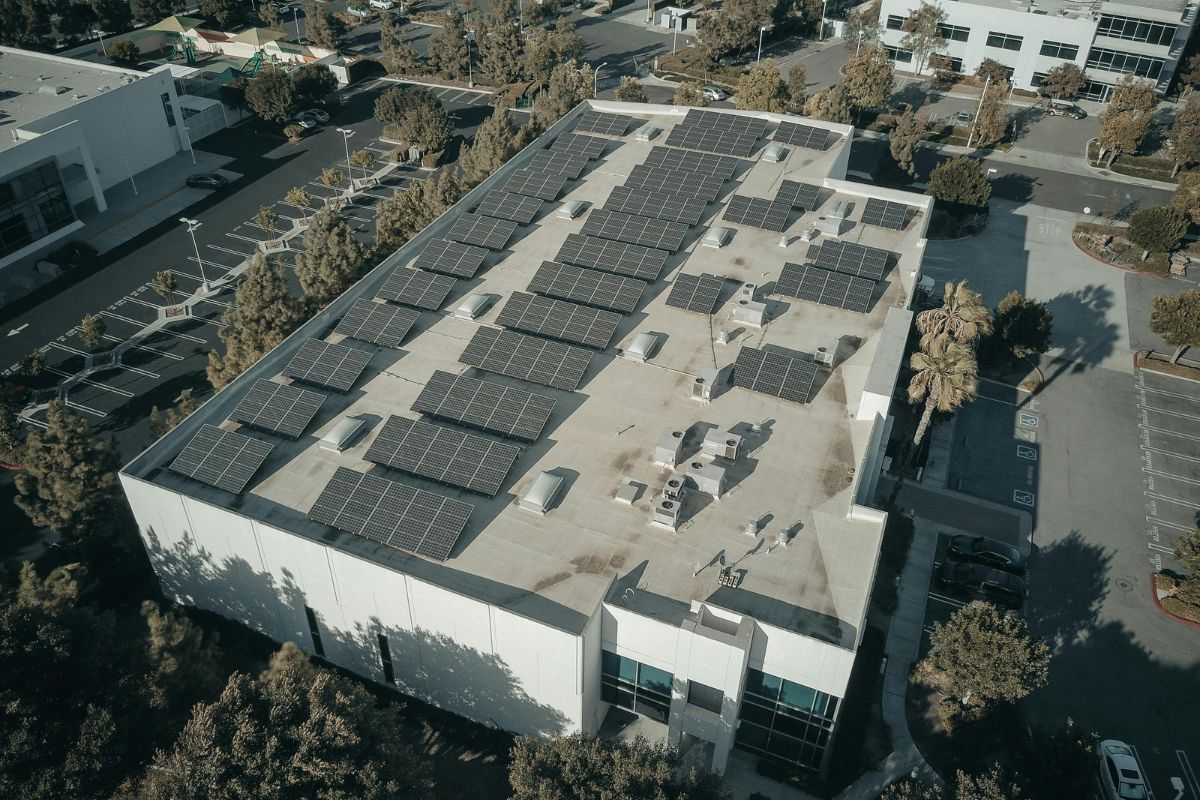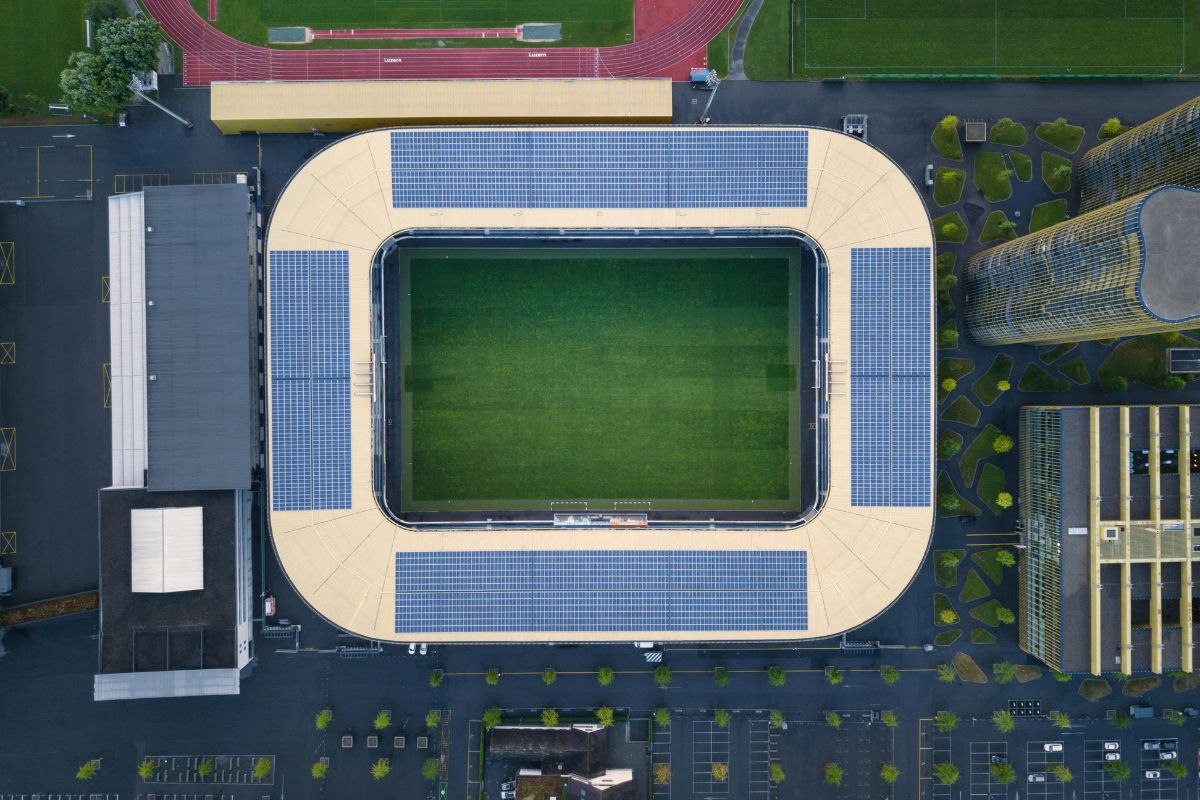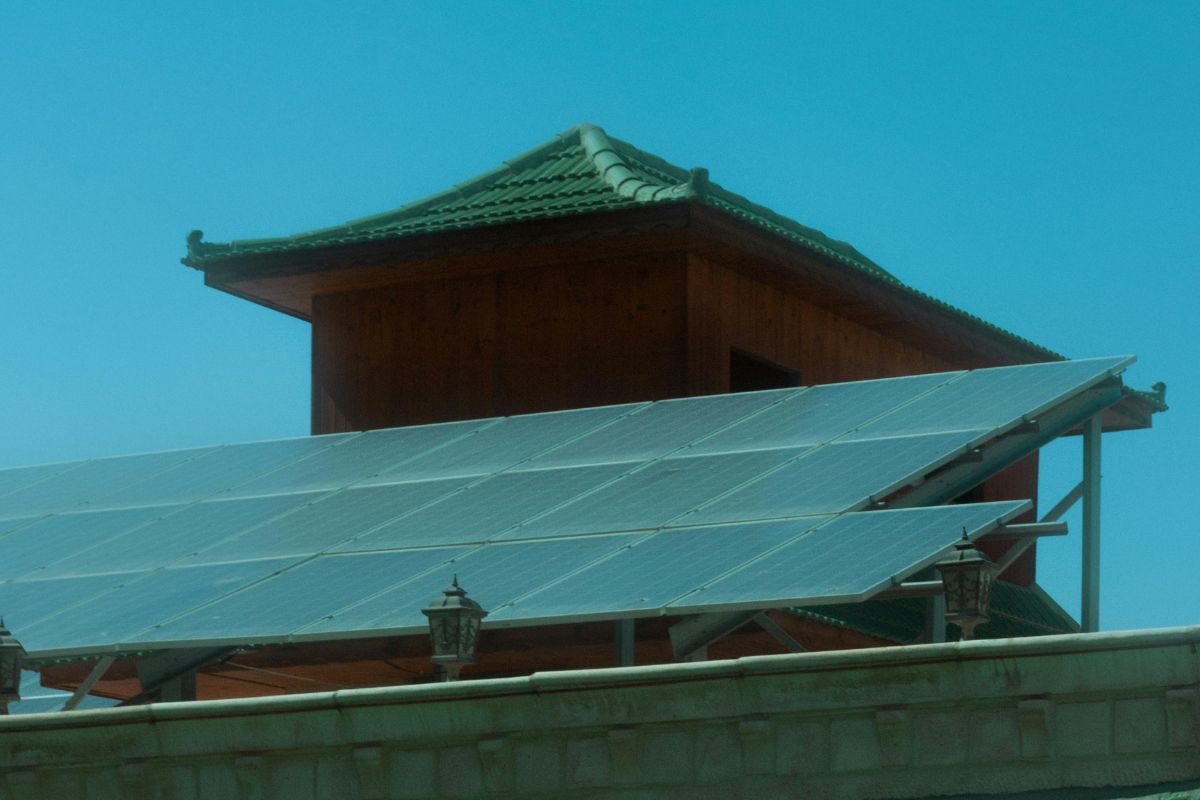
Building types with the greatest potential for harnessing solar energy
Solar energy has become a fundamental pillar for moving towards a sustainable future and reducing dependence on non-renewable energy sources. In this article, we will explore the types of buildings with the greatest potential to harness solar energy, highlighting how these structures can become protagonists in the transition to a cleaner energy matrix.
1. Sustainable Residences: Roofs Generating Energy
Sustainable residences lead the list of buildings with the greatest potential to harness solar energy. The roofs of homes provide an ideal surface for the installation of photovoltaic solar panels. In addition to reducing electricity bills for homeowners, these installations contribute significantly to the generation of clean and sustainable energy.
Advancements in solar technology allow the integration of photovoltaic panels in an aesthetic and efficient way, turning each home into a small renewable energy generator. Growing environmental awareness and government incentives have driven the adoption of solar systems in homes, paving the way towards more self-sufficient and environmentally friendly communities.
2. Commercial Buildings: Driving Business Sustainability
Commercial buildings, with their large roof surfaces and exposed facades, offer an ideal platform for the implementation of solar systems. From shopping malls to corporate offices, the installation of solar panels not only reduces long-term operational costs but also projects an image of environmental responsibility.
Companies worldwide are recognizing the importance of sustainability and are taking steps to incorporate solar energy into their operations. Warehouse roofs, covered parking lots, and sun-facing facades become strategic opportunities to maximize renewable energy generation and demonstrate a commitment to corporate social responsibility.

Building types with the greatest potential for harnessing solar energy
3. Educational Facilities: Learning with Renewable Energy
Educational facilities, from primary schools to universities, represent a conducive environment for harnessing solar energy. Educational institutions can install solar panels on their roofs to generate electricity while educating new generations about the importance of renewable energy sources.
The integration of solar energy into educational institutions not only reduces operating costs, freeing up funds for other educational needs, but also serves as a practical lesson in sustainability. These projects benefit not only educational institutions but also influence the mindset of students, fostering environmental awareness from an early age.
4. Sports Facilities: Energy for the Game and Beyond
Sports facilities, with their vast areas and structures, have tremendous potential to harness solar energy. From football stadiums to covered gyms, the installation of solar panels can not only power lighting and air conditioning systems but also provide additional energy to the local grid.
Some leading stadiums have already embraced solar initiatives, proving that the world of sports can go beyond competition on the field. These facilities can leverage extensive roof areas and open spaces for photovoltaic installations, contributing to sustainable development and setting an example for their communities.

Building types with the greatest potential for harnessing solar energy
5. Hospitals: Clean Energy for Community Well-being
Hospitals, with their continuous demand for energy to power essential medical equipment and air conditioning systems, can greatly benefit from solar energy. Installing photovoltaic systems on hospital rooftops not only helps to reduce operating costs, freeing up crucial funds for healthcare but also ensures a more reliable energy supply during critical moments.
Sustainability in the healthcare sector not only contributes to operational efficiency but also demonstrates a commitment to the community and overall well-being. Hospitals harnessing solar energy are not only enhancing their energy resilience but also setting the standard for a more sustainable approach to healthcare delivery.

Building types with the greatest potential for harnessing solar energy
The Crucial Role of Buildings in the Energy Transition
Buildings play a crucial role in the transition towards a cleaner and more sustainable energy matrix. From homes to large commercial structures, each building represents an opportunity to harness solar energy and contribute to the shift towards renewable energy sources.
Solar technology is advancing rapidly, making the implementation of solar systems more accessible and efficient than ever. As more buildings adopt solar energy, they contribute not only to the reduction of carbon emissions but also to the creation of more resilient and self-sufficient communities. Investing in solar energy is not only an environmentally responsible decision but also a smart strategy to ensure a more sustainable future for generations to come.
